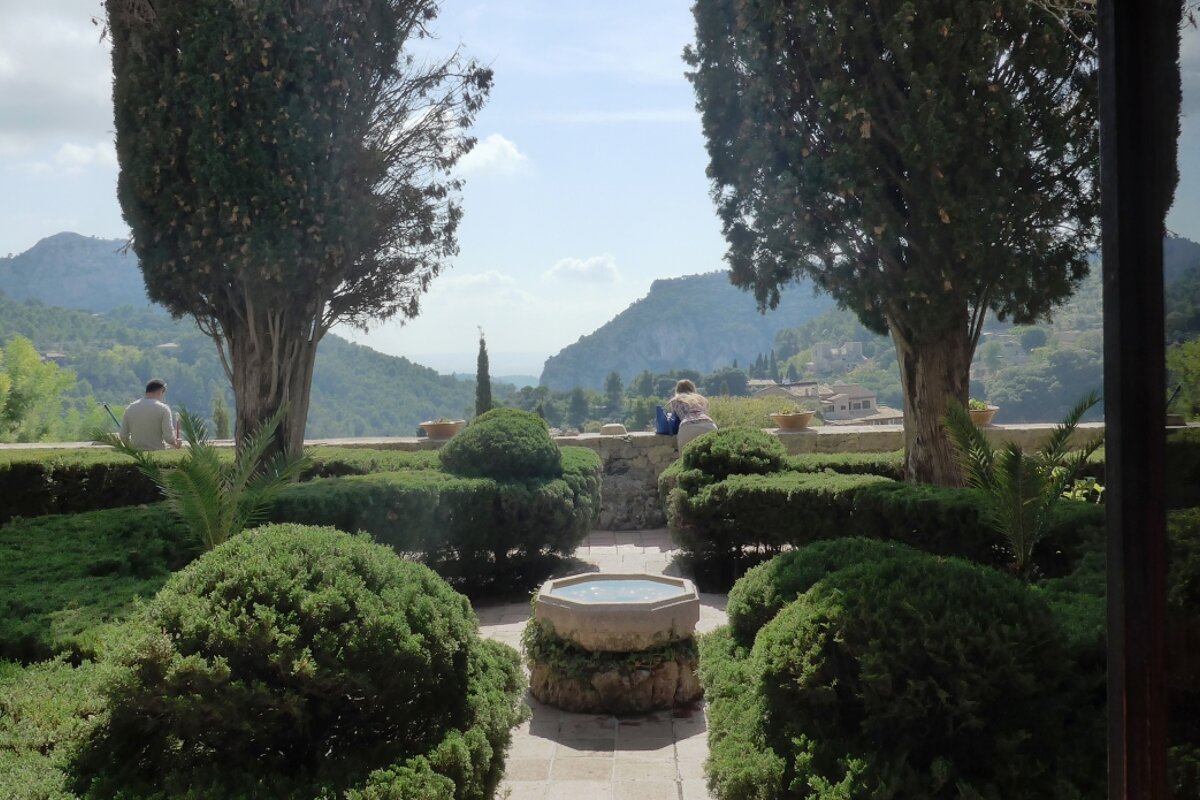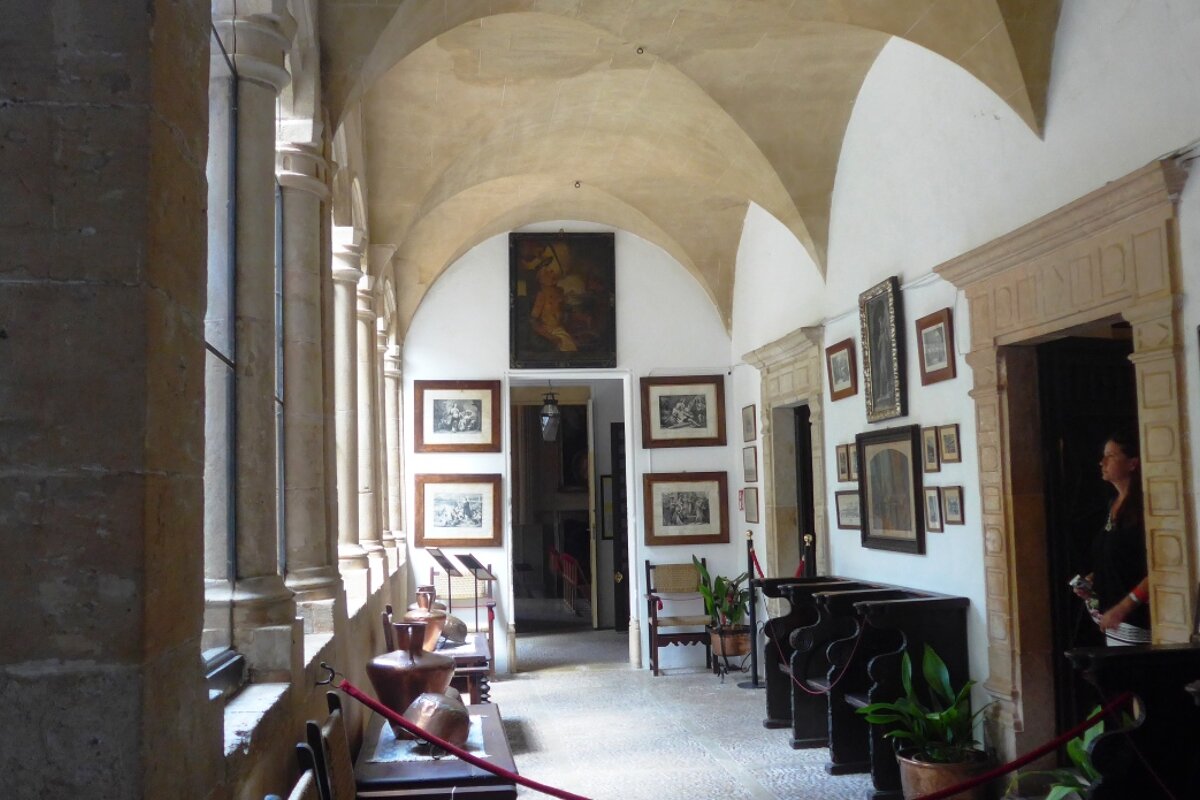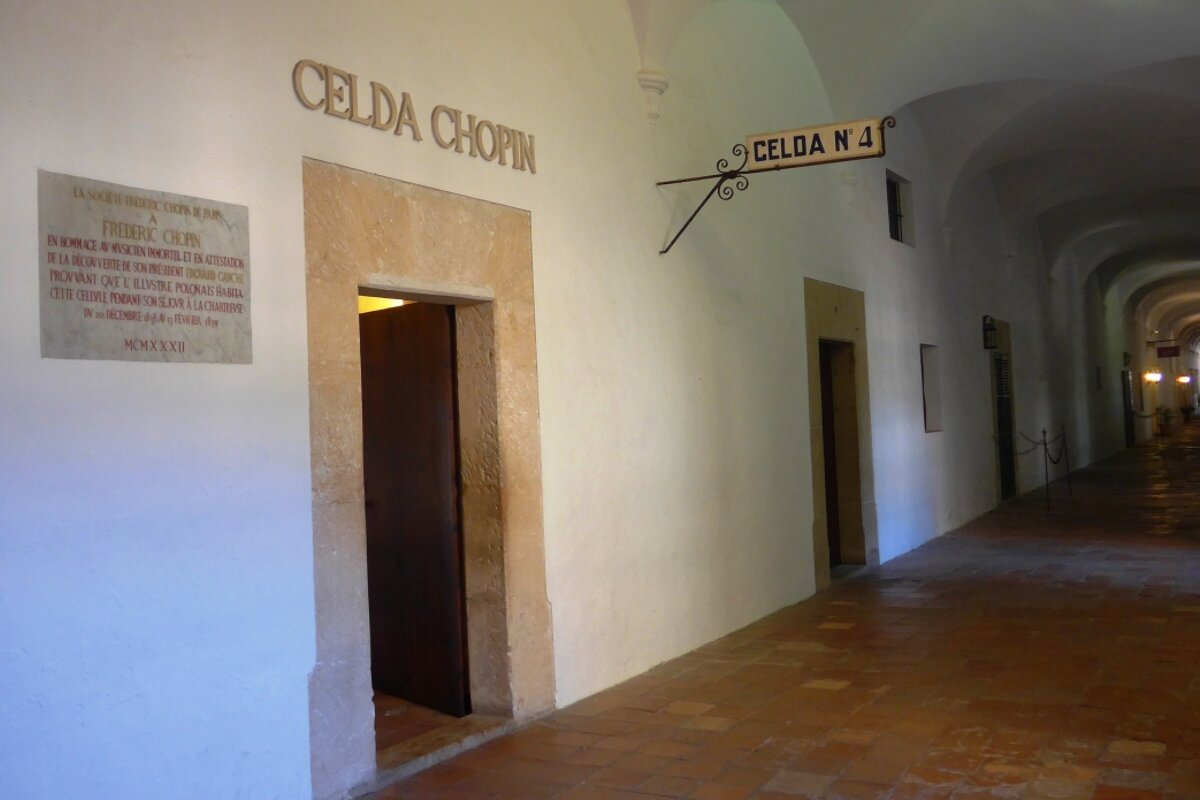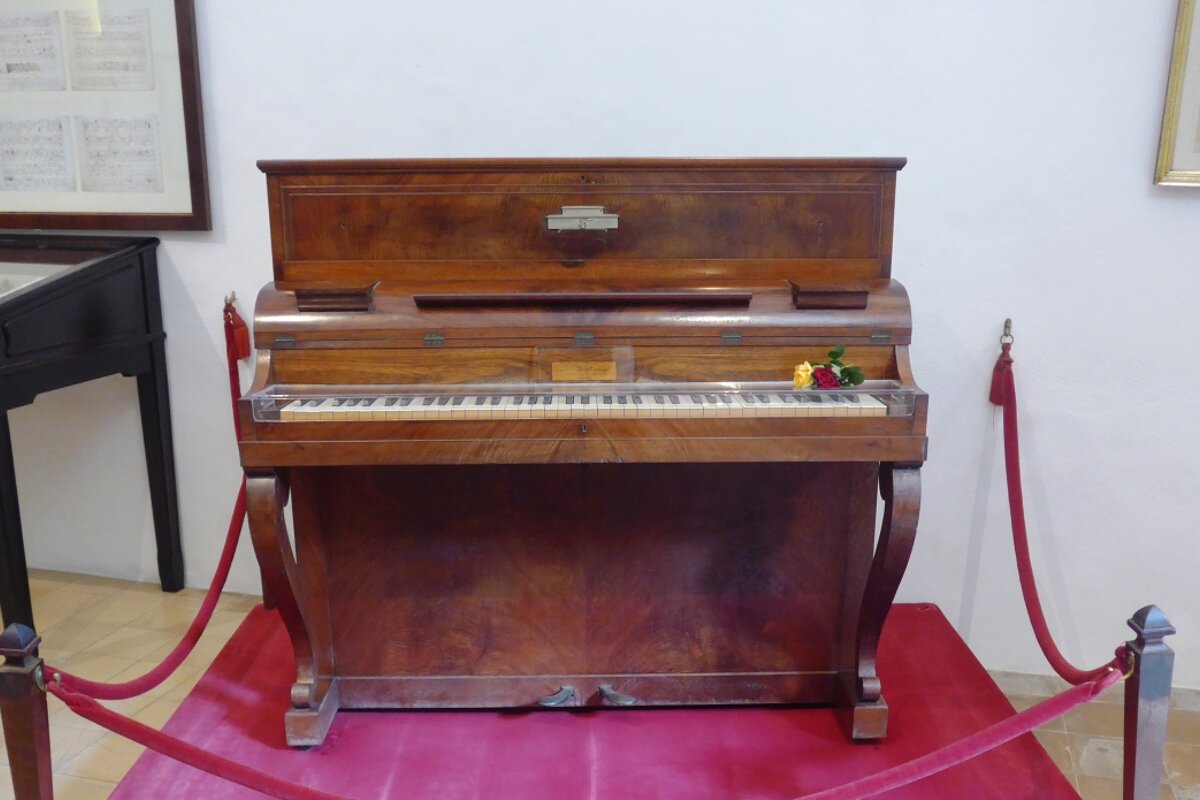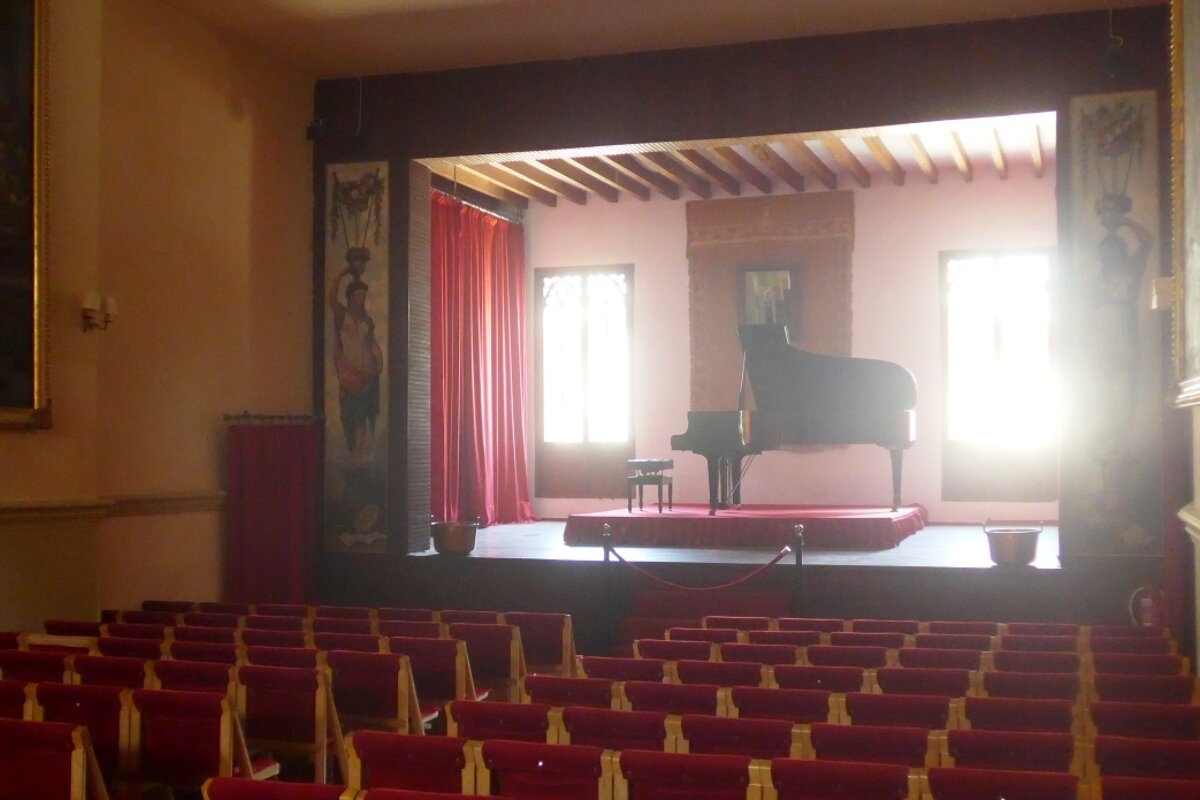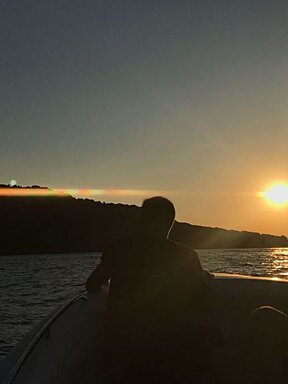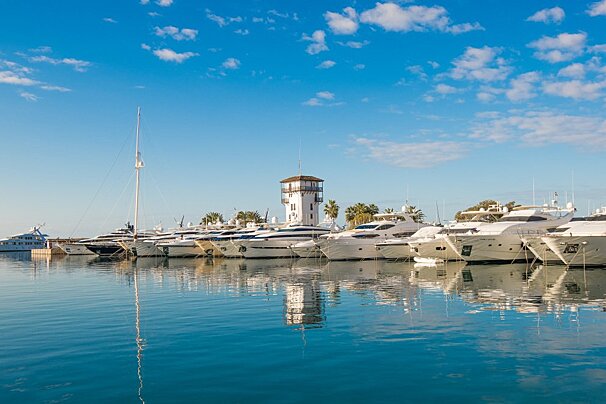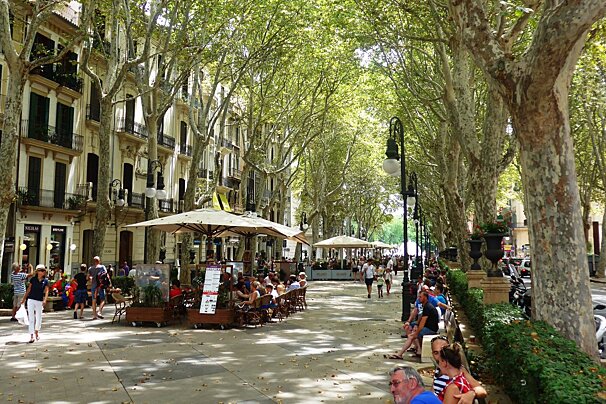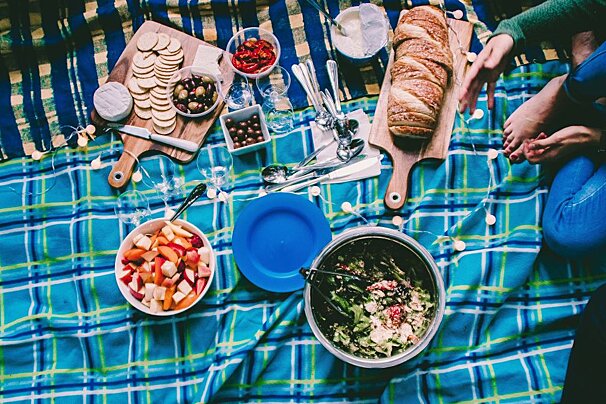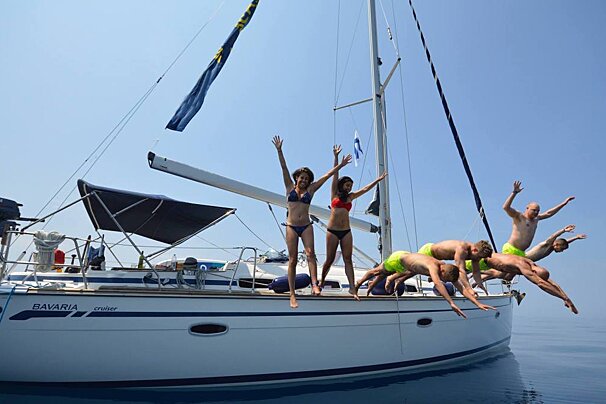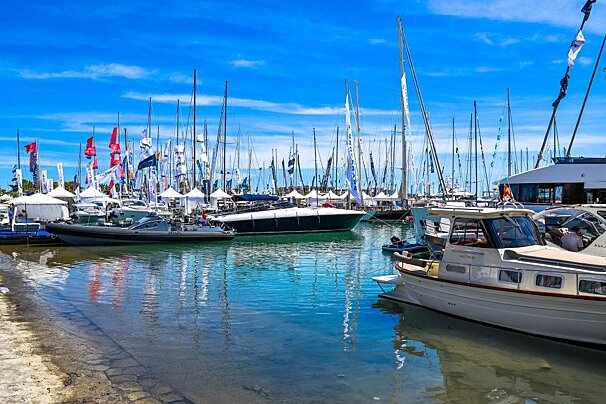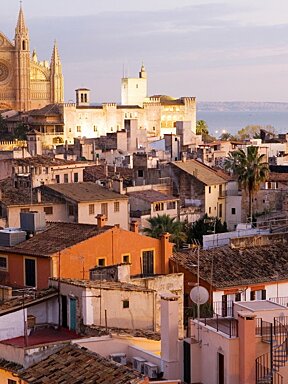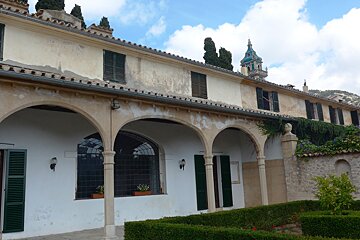
© E. Benet
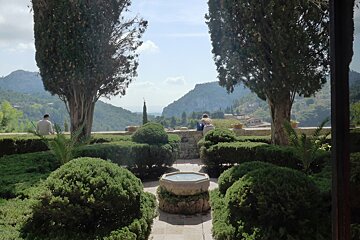
© E. Benet
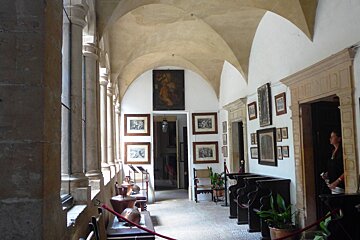
© E. Benet
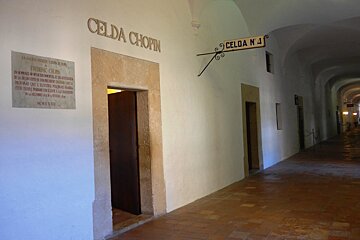
© E. Benet
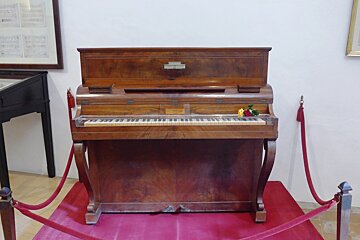
© E. Benet

© E. Benet
A Visit to La Cartuja de Valldemossa
The winter residence of Frédéric Chopin and George Sand
After several visits to the picturesque town of Valldemossa, I decided it was time to find out more about its celebrated connection with composer Frédéric Chopin. He and the French writer George Sand only spent one winter as residents at La Cartuja monastery, but clearly made a lasting impression on the town.
An €8.50 ticket includes entrance to the monastery where they stayed, as well as La Real Cartuja palace. Entrance to the monastery is via the church, and my initial impression was one of grim austerity. The cloister is bare and chilly, the overgrown garden in the courtyard only visible through the rustically grated windows. The wooden giants that are brought out for the fiestas, stand in one corner, their painted faces strangely grey. Chopin completed some important works here and, at first, I felt baffled why he would have felt so creative in this grave environment.
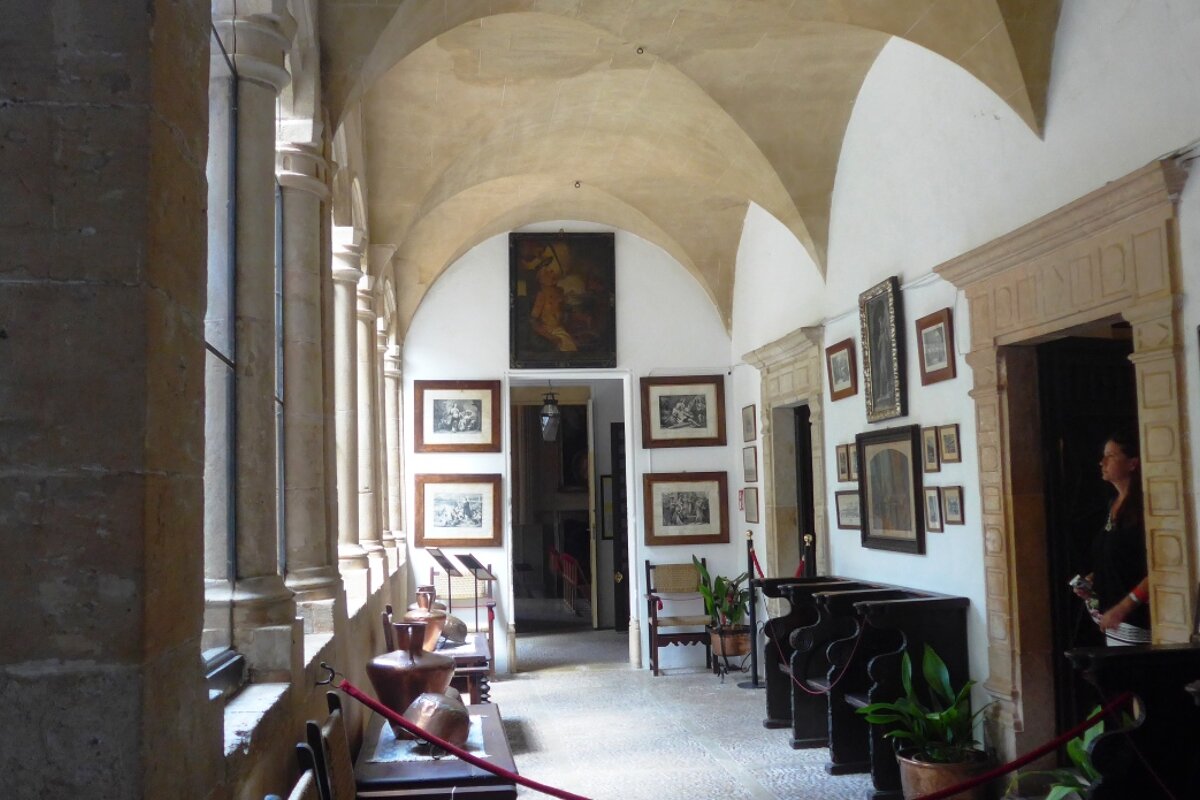
There are a number of rooms off from the cloister open to visitors. The Prioral Cell has religious documents, artifacts and paintings on display. There is a library packed full of old books and encyclopedias so thick I couldn't help feeling relieved to live with the ease of Google. I spent a happy fifteen minutes deciphering the titles along the spines to see what the monks would have read. The monastery was founded by the Carthusian in 1399 and they resided there until its exclaustration in 1835.
Stepping into the adjoining room, my attention was caught by the light flooding in through patio doors leading out into a garden. The views of the surrounding valley from there were stunning. It suddenly made more sense why Chopin would have been inspired there.
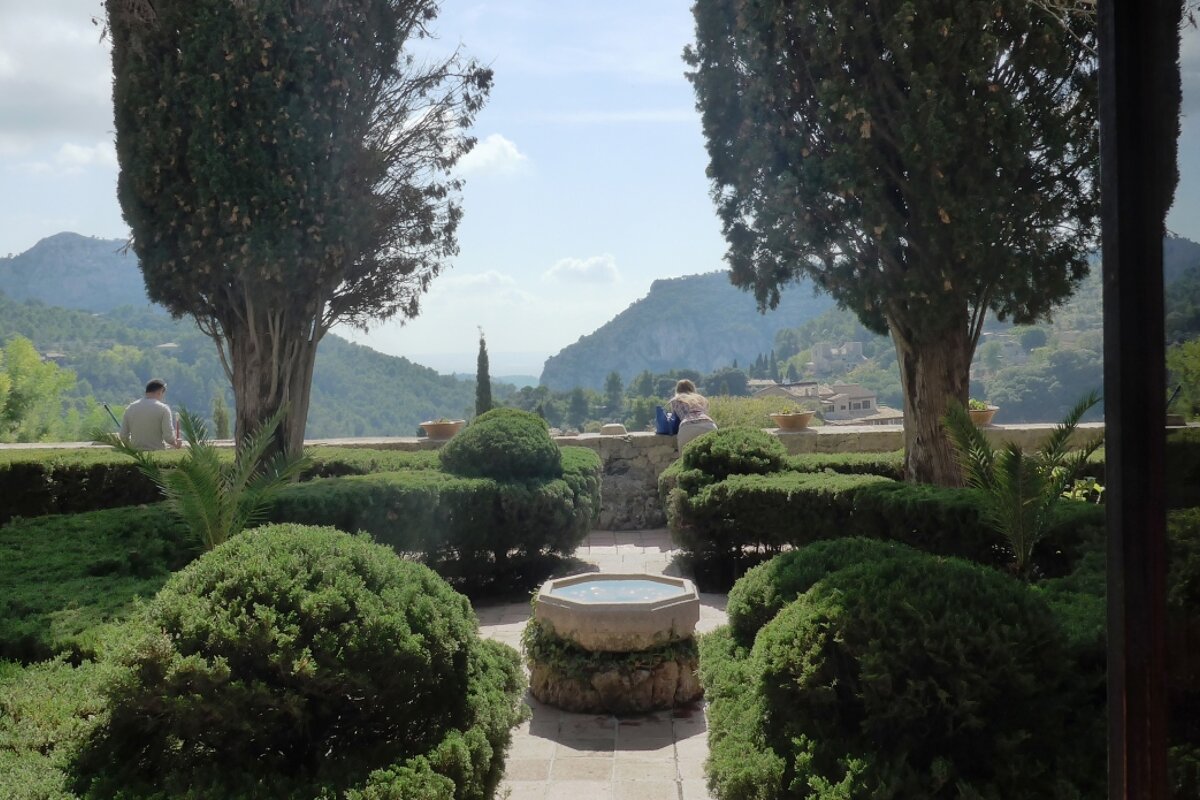
In the Chopin and Sand Collection I bought George Sand's book, 'A Winter in Mallorca'. I've since been greatly amused by her grumpy disdain for the island. It's ironic how Sand draws tourists to Valldemossa when she was there for so short a duration and so miserable while she was there. The only thing she doesn't criticize about the island is its natural beauty. She refers to it as 'a painter's Eldorado'.
Further along from the library, you'll find the Serra de Tramuntana room dedicated to paintings inspired by the mountain range. There are works by both Mallorcan and international artists. I particularly loved the arresting and colourful landscape by the Mallorcan Gaspar Riera. After an enjoyable time in the small gallery, I headed back out into the garden for another uplifting dose of the real thing.
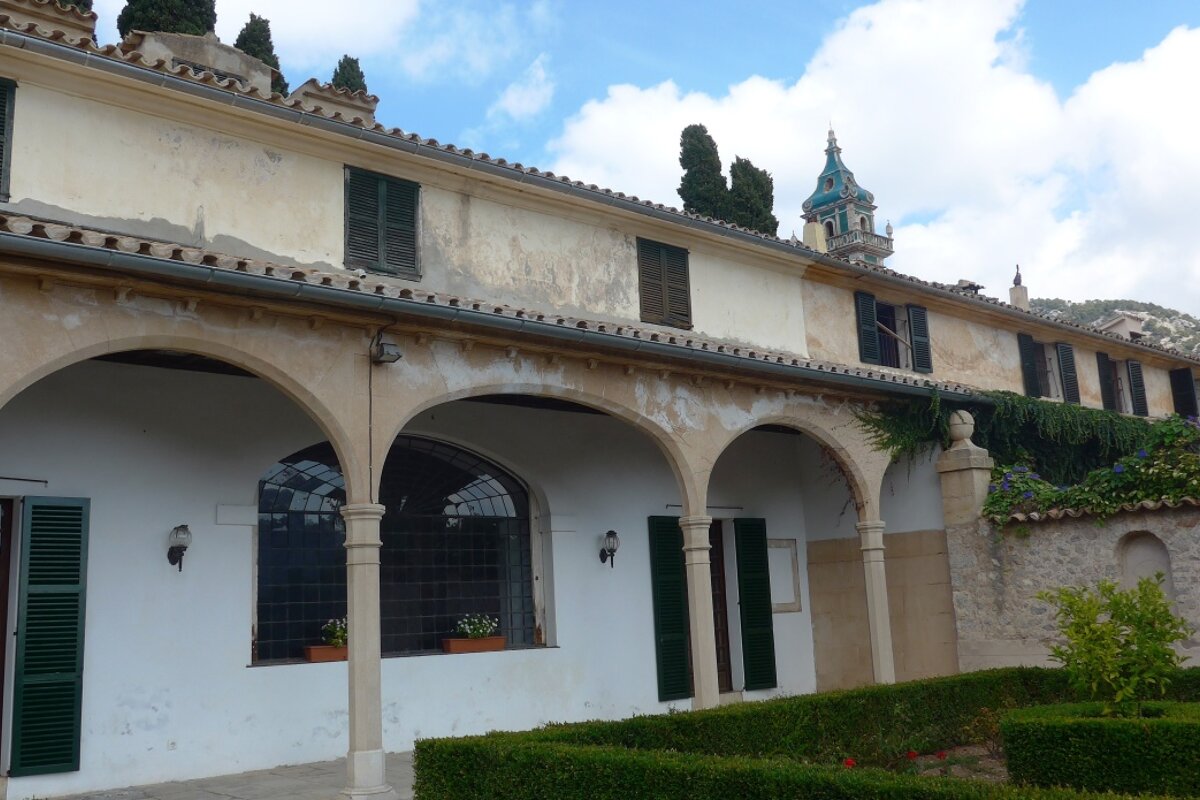
One of the main attractions in the monastery is Cell 4, where Chopin reportedly stayed. Entrance to the two small rooms is separate and costs €4. I'm not entirely convinced the separate entrance cost is justified, but perhaps someone is still trying to recover the costs from when Mallorca's customs charged Chopin an extortionate amount for getting his piano to the island!
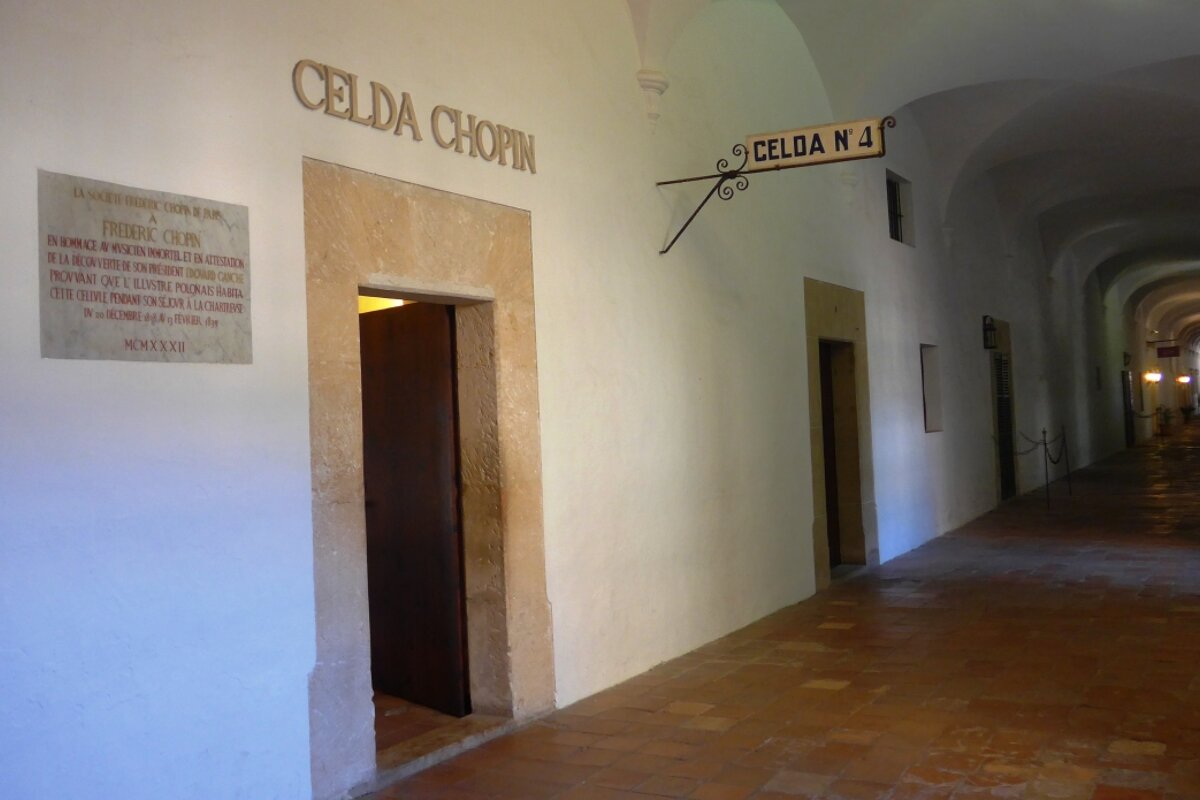
The piano Chopin used is one of the main attractions. There are also portraits, music sheets and letters which fans of Chopin will find very interesting. A group of French tourists with their own guide seemed to be having a good time, so perhaps a tour guide is the key to unlocking the secrets of this room. Personally, my favourite part of this private selection is an article by Robert Graves criticising journalists for lazily quoting from George Sand's book, because in his words it's 'the most unreliable book about the island ever written'. That told me!
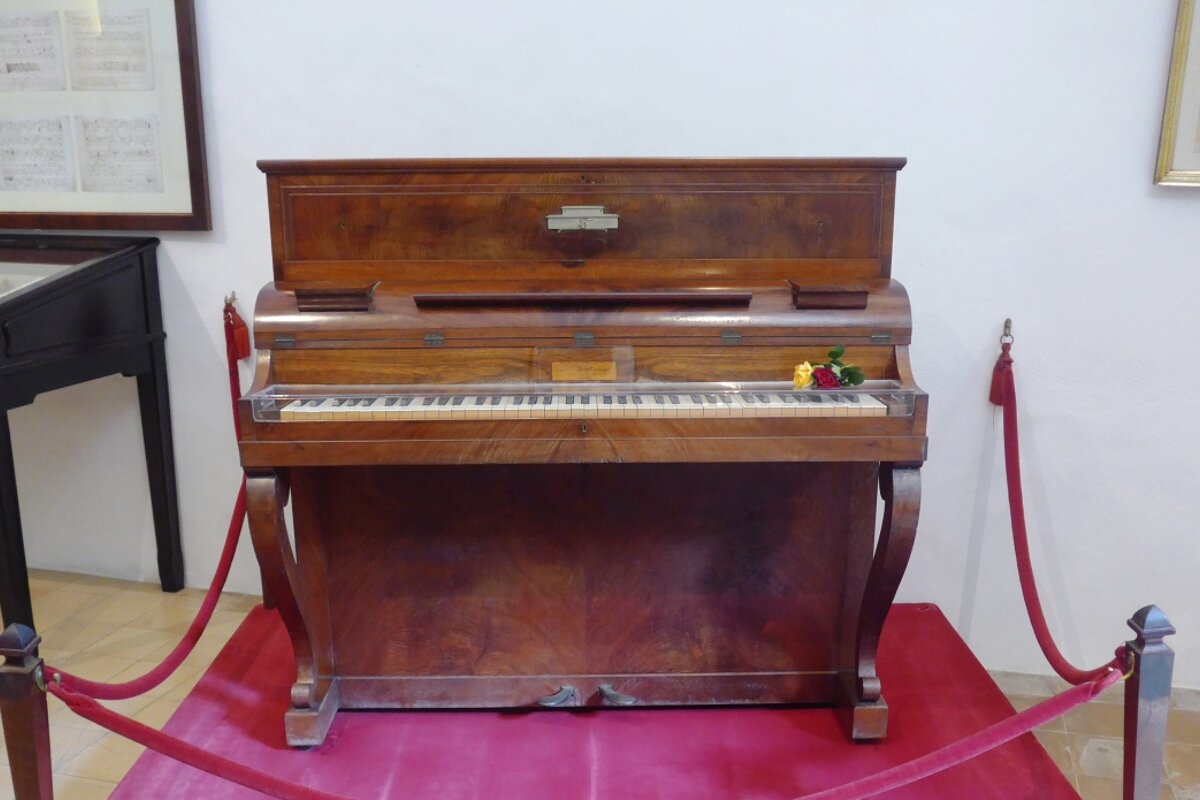
The monastery's museum, which is included in the ticket price, introduced me to a character which I found to be more interesting than both Chopin and Sand. The Austrian Archduke Louis Salvador arrived on the island in 1867 and was fascinated by it. He was a man who travelled extensively around the world and felt most at home on a boat. The collection reports how much he did to improve the island, building roads and restoring buildings. He also seems to have been a generous man, building a hostel offering free lodgings to travellers. His friend, the Empress Elisabeth known as Sissy, came to visit him three times and in reference to Mallorca said, 'From now on Corfu will always pale in comparison'. The archduke published a massive volume about the Baleares with illustrations called 'Die Balearen'.
My visit was interrupted by news there was to be piano recital promptly starting in the palace next door. In a dimly lit theatre, I listened to fifteen minutes of beautiful and stirring music by Chopin. The experience was far better than any which could be had looking at old documents about the composer. The pianist brought the man briefly to life and it added meaning and depth to the visit. There are several recitals throughout the day.
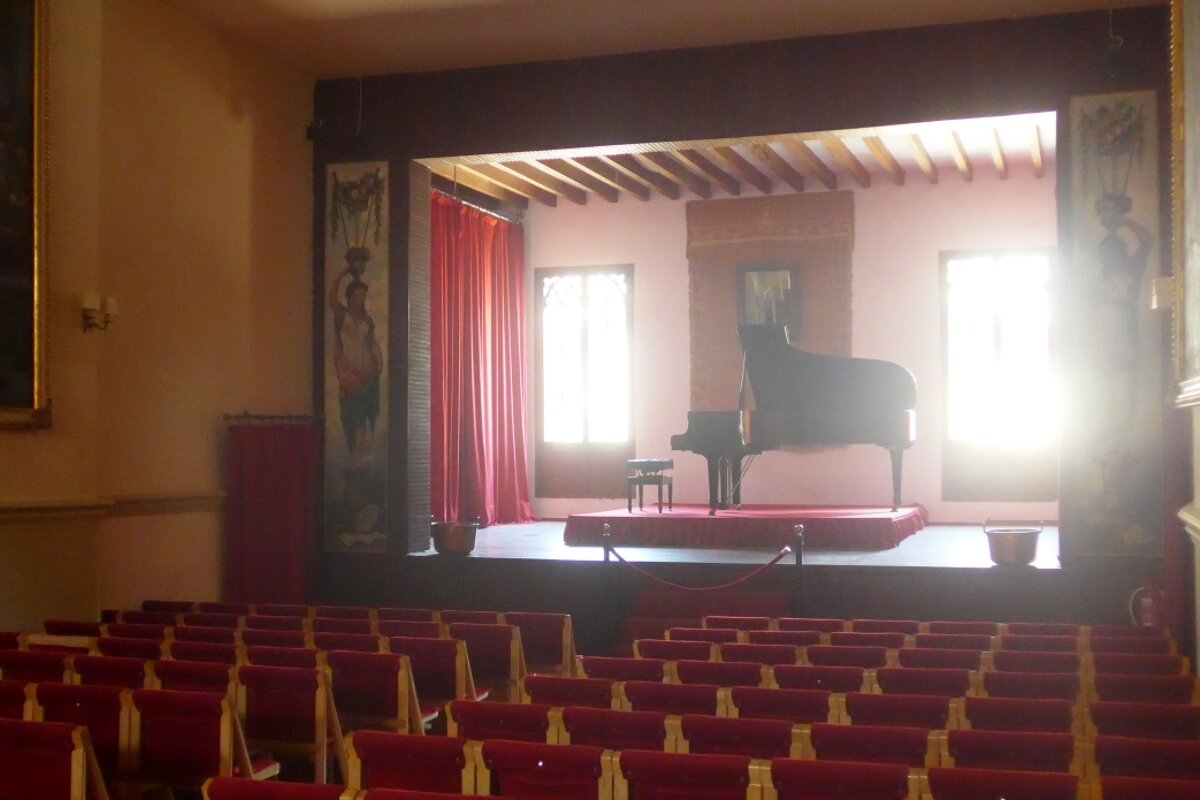
I had been given the impression that there wasn't all that much to see at La Cartuja, but I beg to differ. Art, literature, religion, royalty and an insight into a place which inspired music which still evokes wonder today. All of this history and culture presented in a stunningly beautiful setting. For the curious mind, I would say there is plenty!
...
For more from Emily, follow her blog.

